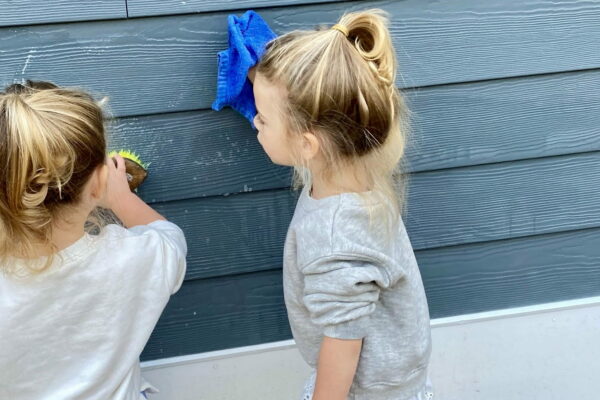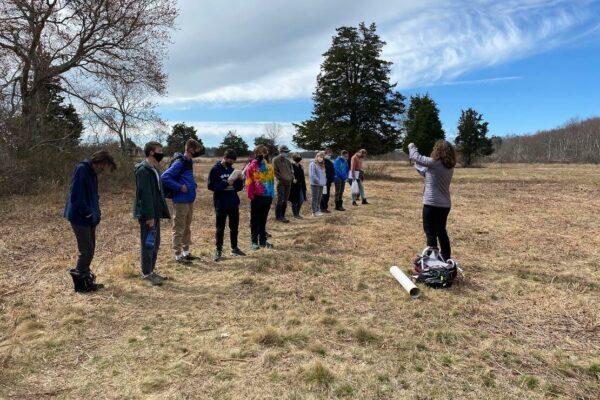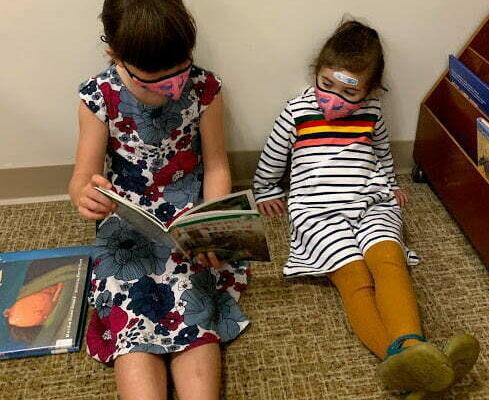One of the fundamental pillars of an authentic Montessori approach is the multi-age classroom. These multi-age groupings are typically organized over a three-year age span ( 3-6 years – 6-9, years, etc) and offer numerous benefits, fostering a dynamic and inclusive learning environment where students grow together. For younger students, observing and interacting with older […]
Read MoreAfter-school enrichment programs play a vital role in a child’s development, offering benefits that go beyond academics. These programs provide a safe and structured environment where students can engage in activities that spark new interests, from arts and music to sports and STEAM projects. By encouraging children to explore their passions, enrichment programs boost creativity […]
Read MoreWhen observing a Montessori classroom, you may see children preparing fruit for snack, folding laundry, or even making candles. You might ask yourself, “Is there a point to this activity?”, or “Is this helping my child learn?”. The answer to both questions is yes. What you are seeing is called Practical Life, a cornerstone of the Montessori experience, and it lays the foundation for academic learning.
Read MoreQuest Middle School students completed their estuary field studies last week. Students learned about anadromous fish runs, salt marshes, rocky shores, and sandy beaches in the field, and we had great weather for it! Student-led discussions centered around the importance of these habitats to two estuaries: the Narrow River and Narragansett Bay. They also researched […]
Read MoreEach year the Association for Library Services to Children awards a special honor, the Caldecott Award, to the illustrator of one picture book. This coveted award has recognized some amazing works over the years and is a great way to highlight the important fact that illustrators contribute significant meaning to the art of children’s literature. […]
Read MoreThere are many elements that make Montessori education stand apart from more conventional methods. One of the most obvious is our mixed-age classrooms. Rather than grouping children by a single chronological age, our classroom environments encompass children spanning across several ages. We find this method to be a huge benefit. Read on to learn more. […]
Read More





